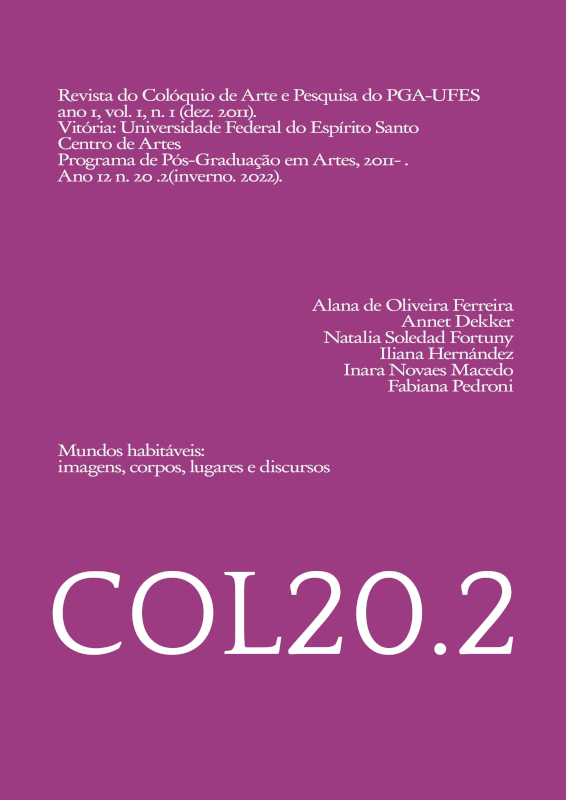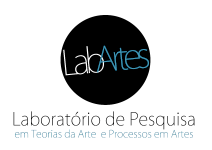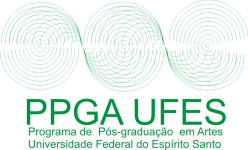Medieval analogical thinking and deviation towards the intangible in the Beatus of Facundus
Keywords:
pensamento analógico medieval, Beatus de Facundus, imagoAbstract
This article examines medieval analogical thinking, as explored by Hilário Franco Júnior, and its relationship with imagery representation in the manuscript Beatus of Facundus. It focuses on the idea of deviation towards the intangible to understand how medieval images, especially in the context of the Apocalypse, operate between the visible and the invisible. The Beatus of Facundus, an illustrated commentary on the Apocalypse, combines texts and images that transcend mere illustration, proposing a visual and textual exegesis of the Scriptures. The discussion centers on how analogy, essential to medieval thinking, creates links between the material and spiritual worlds, using known elements to allude to divine mysteries. The conclusion is that the medieval manuscript not only illustrates but also dialogues with sacred texts, becoming an imago that reveals hidden meanings through deviation and analogy, reinforcing the importance of the relationship between the tangible and the intangible in medieval Christian theology.
Downloads
References
CAMPO HERNÁNDEZ, Alberto del; FREEMAN, Leslie G.; GONZÁLEZ ECHEGARAY, Joaquín (ed.). Beato de Liébana. Obras completas y complementarias. Edição bilíngue do latim ao castelhano. Madrid: Biblioteca de Autores Cristianos, 2004, v. 1.
DIDI DIDI-HUBERMAN, Georges. Poderes da figura: exegese e visualidade na Arte Cristã. Revista Comunicação e Linguagens, n. 20. Tradução de Virgínia Andrade e Leonor Caroça. Lisboa, p. 159-173, 1994.
FRANCO JR., Hilário. Modelo e imagem: o pensamento analógico medieval. Bucema, Bulletin du centre d’études médiévales d’Auxerre. Hors-série n° 2, 2008, p. 4. Disponível em: https://journals.openedition.org/cem/9152. Acesso em: 06 jan. 2021
ROMERO POSE, Eugenio. Ticonio y su comentario al Apocalipsis. Salmanticensis, vol 32, fasc.1, pp.35-48, 1985. Disponível em: https://summa.upsa.es/pdf.vm?id=7252&lang=es. Acesso em: 22 out 2021.
ROMERO POSE, Eugenio. Ticonio en la historia y literatura cristiana en el Norte de África. In: Marin, M.; Moreschini, C. (ed.), Africa cristiana. Storia, riligione, letteratura. Brescia: Morcelliana, 2002
YARZA LUACES, Joaquín. Los seres fantásticos en la miniatura castellano-leonesa de los siglos XI y XX. In: ___. Formas artísticas de lo imaginario. Barcelona: Anthropos editorial del hombre, 1987, p.156-181.
YARZA LUACES, Joaquín. Las miniaturas. In: WILLIAMS, John et al. Beato de Fernando I y Sancha. Barcelona: M. Moleiro, 2006,
Downloads
Published
How to Cite
Issue
Section
License
Copyright (c) 2024 Fabiana Pedroni

This work is licensed under a Creative Commons Attribution-NonCommercial-ShareAlike 4.0 International License.
The authors of works submitted to Revista do Colóquio authorize their publication in physical and electronic media, solely for academic purposes, and may be reproduced as long as the source is cited. They attest to their originality, authorship and originality.






